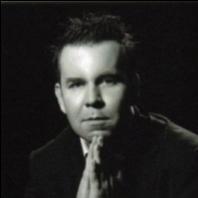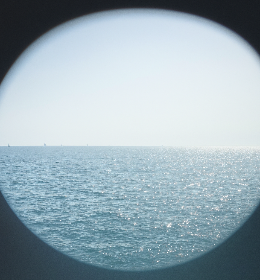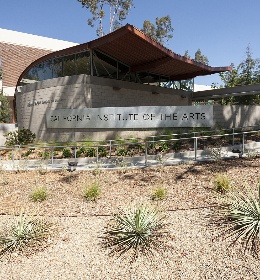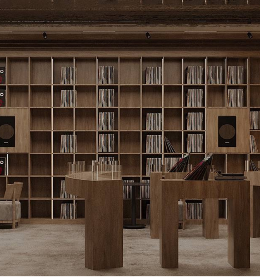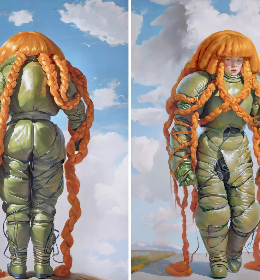In line with these efforts, the Dubai Frame – an architectural project conceived by Fernando Donis – has been setting a strong example since January 2018, nearby the business district, and has proved successful with over one million visitors. Representing the city’s new face, the site offers an immersion into old Dubai in its entrance hall, then plunges its visitors into the futuristic projects imagined by the local council.
Since March 15, the Presidential Palace in Abu Dhabi has opened its doors to the public; Sheikh Mohammed bin Zayed decided that Qasr Al Watan (the ‘Palace of the Nation’ within the grounds of the Presidential Palace) would provide an opportunity to learn about the culture and history of the Emirates’ formation. The site, consisting of more than 150 hectares including its gardens, must surely become, much like the Louvre, a popular tourist destination for the ten million tourists visiting Abu Dhabi each year.
The Qasr Al Hosn – the oldest building in the city, dating from 1790 – plays an important role in the preservation and celebration of the Emirates’ heritage, culture and traditions. It recently became accessible to visitors, promising the history of Abu Dhabi and its people through accounts and photographs.

Sharjah Art Foundation | Hassan Sharif, Slippers and Wire, 2009 Slippers and copper wire
The World Games which are currently taking place in Abu Dhabi have also provided links to the art world, with exhibitions and partnerships dotted across the city. The Louvre museum has welcomed nearly all of the athletes participating and the Emirates Palace is showing an exhibition of works by disabled artists. This inclusive art gallery exhibits paintings, photography and sculptures mainly created in the “Art Unified” workshops which took place around the country.
The publishers Assouline opened their second shop (after London) with its own restaurant last November in the Dubai Mall. With a décor inspired by private libraries, ornaments, vintage furniture and antique jewellery complete the offering which is otherwise centred around the publishing house’s books.
The gallery district Alserkal will be home to Inked Dubai’s Warhol Pop-Up Diner, a space with an interior similar to New York’s Studio 54 in which diners eat in an immersive setting. The Alserkal district, which opened in 2007, is making more and more of a name for itself as a cultural hotspot with galleries, conferences, workshops, restaurants, museums and artistic happenings.
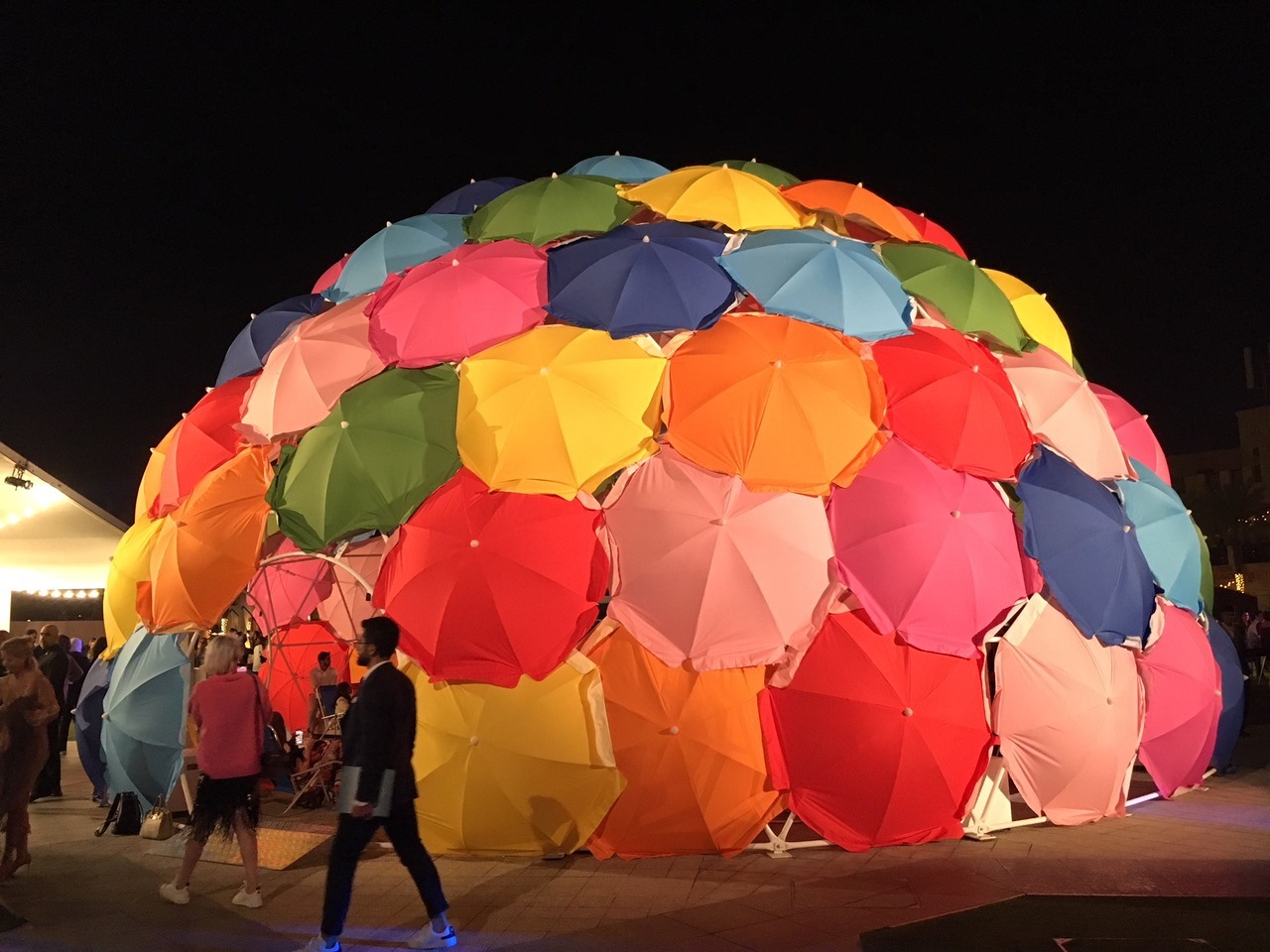
SOLAROCA by OPAVIVARÁ! at Art Dubai 2019
For the first time, the Jameel Art Centre is occupying its own space which was opened in November 2018. With partnerships with the MET, the centre’s gardens feature artworks which are accessible around the clock.

SHAIKHA AL-MAZROU’s installation Green House: Interior Yet Exterior, Manmade Yet Natural (2018), one of the newly commissioned works.
Plans for research centres and schools of architecture and archaeology are in the making, as well as a library. Ten spaces are currently hosting temporary exhibitions; “Crude”, with 55 works by 17 artists, is the first of them, tackling oil as a social, economic and cultural agent in the region’s transformation.
Brands are also initiating collaborations with local artists, such as El Seed (a French-Tunisian artist whose studio is based in Alserkal) who has been working with cosmetics brand MAC.

Courtesy of MAC Cosmetics



